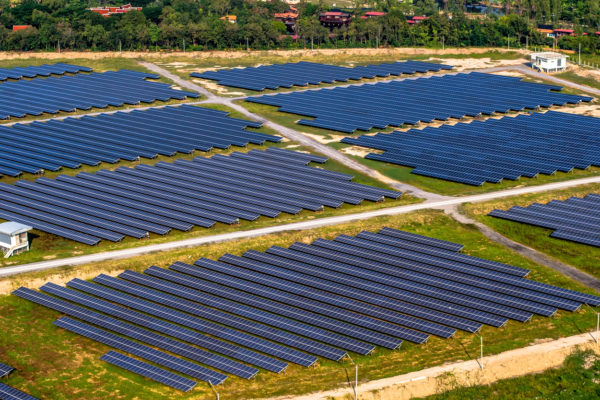The electricity grid that services most of Texas, which is managed by the Electric Reliability Council of Texas (ERCOT), got almost 19% of its electricity from wind last year. That is an amazing fact in a state that is legendary for oil and gas. But despite wind energy’s dramatic expansion to become the No. 3 (soon to be No. 2) supplier of Texas electricity, not everyone is a fan. In fact, two pieces of legislation under consideration by Texas lawmakers, House Bill 2908 and Senate Bill 2232, would take some of the wind out of wind power’s sail.
Renewable forms of energy such as wind and solar are often criticized for the federal subsidies they receive. One reason is that the subsidies are easy to see, making them an easy target for critics.
Both bills would authorize a study to assess the impact of the tax credits on the Texas electricity market and make recommendations on how to use state policy to counteract the federal policy. Although some market tweaks could help improve resiliency, establishing a precedent to tax the industry with the second fastest job growth rate in the country is not the answer.
The Renewable Electricity Production Tax Credit (PTC), which is most often taken by wind farms, credits every mega-watt hour that wind produces $23 for the first 10 years of production. For solar, the Business Energy Investment Tax Credit (ITC) provides a 30% tax credit (applied to upfront installation costs) for the project. Both federal tax credits, the PTC and ITC, for renewable projects are being phased out over the next few years.
But the thing is, nonrenewable forms of energy also receive subsidies; they’re often just harder to see.
In Texas, many oil and gas operators get state severance tax relief to the tune of about $1.5 billion a year, or about 63% of state energy subsidies. And they do not have an expiration date. Nationally, fossil fuels and nuclear have received tens to hundreds of billions of dollars of research and development subsidies over the years.
And if we include environmental externalities such as pollution, CO₂, etc., that are changing the climate, affecting our national security and making the poorest among us sick, subsidies for fossil fuels likely would climb into the many trillions of dollars.
The Texas electricity market is unique because it is an “energy-only” market. There are many nuances, but the bottom line is that the Texas grid runs more efficiently than other similar markets and generally only pays power plants for producing power.
The efficiency of the Texas market has some worried that there might be too few power plants available to meet this summer’s peak demand. Going into this summer, the ERCOT grid reserve margin is at a historically low 7.4%. The current target is 13.75%.
Many power plants, particularly coal plants, have retired in Texas. Across the U.S., coal plant operators often cite unfavorable market conditions, which really means low wholesale electricity market prices, as the reason for shuttering such units. Plus, the average age of coal plants is pushing 45 years old, and we are not building any new ones because other sources of energy are cheaper.
The narrative in some circles blames subsidies for wind for creating the artificially low prices that are forcing some generators out of business. But the reality is that declining prices for natural gas due largely to hydraulic fracturing and other technological advances are responsible for more than 85% of falling electricity prices. In short, lower prices mean the market is working.
On top of that, data indicate that the production tax credit has actually been a net benefit for Texas. In the ERCOT market, wind has reduced wholesale market costs about $1 billion a year. That means for about every $1 in taxes a Texan pays to fund the PTC, about $2 is saved in the wholesale electricity market.
In general, unbiased studies are helpful in policymaking. But, if we are going to study the impact of subsidies such as these two bills authorize, we should study them all, renewables and fossil fuels. Having all the right information is the only way that we will make good policy.
Joshua D. Rhodes is a research associate in the Energy Institute at The University of Texas at Austin.
A version of this op-ed appeared in the Waco Tribune Herald and the Abilene Reporter News.




